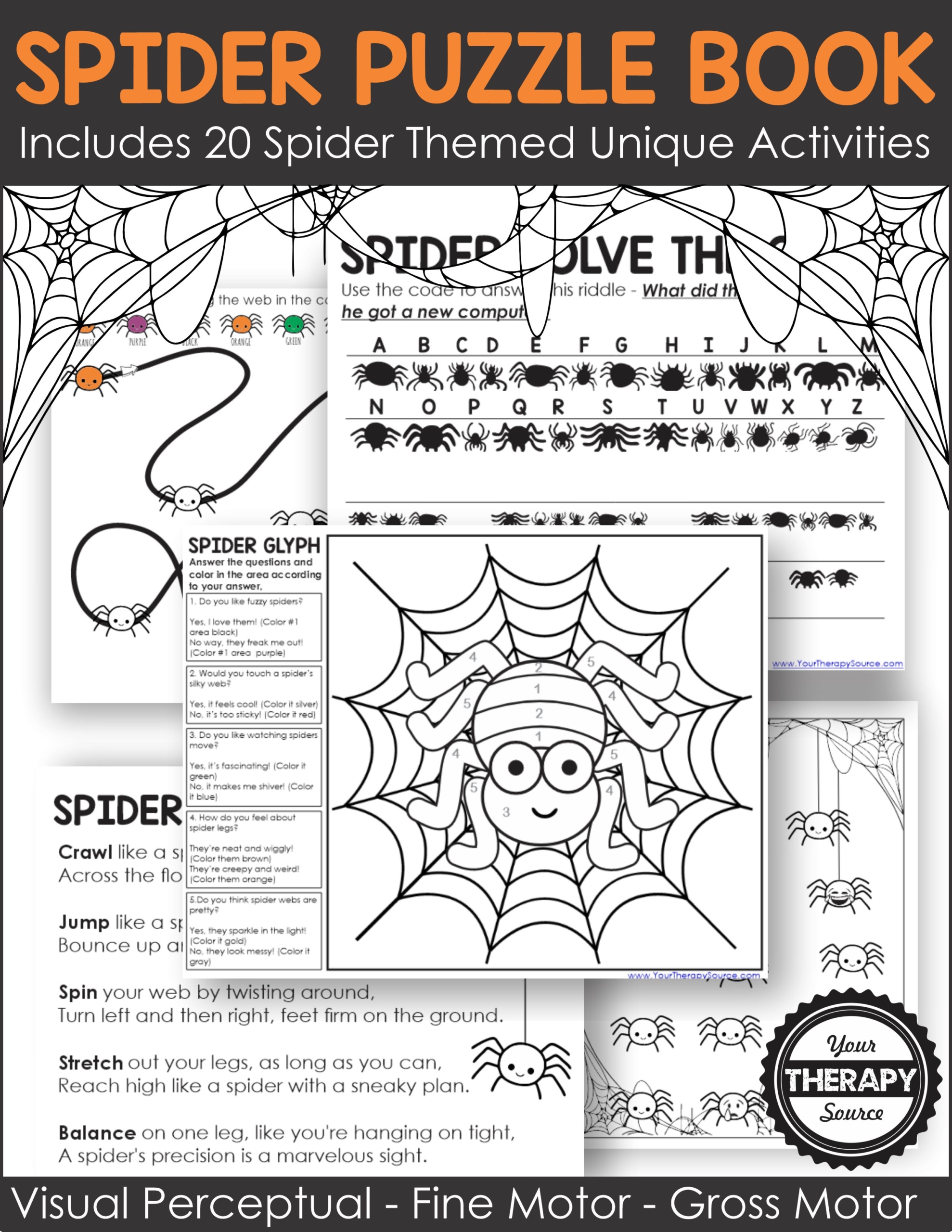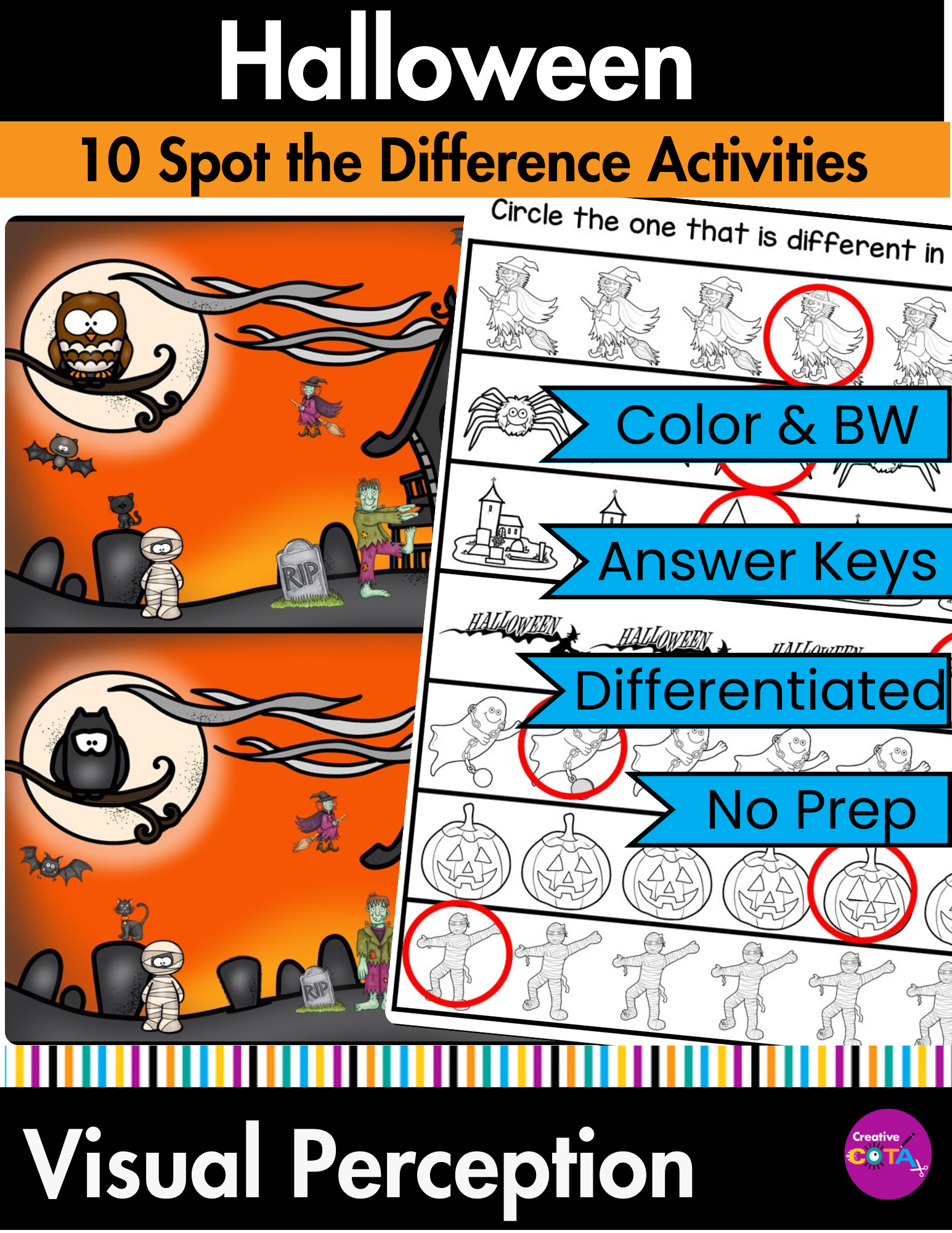Description
This Occupational Therapy Evaluation Lists and Examples Packet helps occupational therapists conduct effective screenings and evaluations for school aged students. You select what you use making it suitable for Pre School, Kindergarten, elementary, middle school and high school aged students. It includes an evaluation categories list with skills to address, sample data tables, recommendations, activity suggestions, a sample evaluation, and a reevaluation. Lists are great to give to parents and teachers to help students gain skills to be more successful in school and life.
The 22 page PDF will be available electronically immediately following payment.
What is included in the Occupational Therapy Evaluation Lists and Examples?
- Evaluation Categories List: Checklists for neuromuscular status, sensory motor foundations, gross motor skills, hand function, visual motor/written output skills, and visual perceptual skills. Observations like eye preference, tactile responses, proprioception, handwriting and postural responses.
- Sample Data Tables: Templates for structured data recording (e.g., VMI, BOT-2, TVPS, Print Tool).
- Recommendations: Tailored suggestions based on findings (e.g., movement breaks, visual schedules, foundation skill building ideas, keyboarding or handwriting practice…).
- Activities: Engaging tasks for sensory, motor, and visual skills (e.g., finger sequencing, balance beam exercises, games to improve skills).
- Sample Evaluation: Example evaluation with general info, observations, interview, behavior during testing, and findings.
- Sample Reevaluation: Follow-up evaluation to assess progress and adjust interventions, with updated observations and recommendations.
Key Benefits of the Occupational Therapy Evaluation Lists and Examples:
•Consistency: Ensures thorough evaluations.
•Efficiency: Saves time with pre-made lists and templates.
•Clarity: Clear documentation for tracking progress and identifying needs.
•Targeted Interventions: Detailed recommendations and activities.
•Collaboration: Facilitates collaboration with parents, teachers and professionals.
When to Use:
•Initial Evaluations: Gather baseline data.
•Progress Monitoring: Track progress and adjust interventions.
•IEP Meetings: Present evaluation data and recommendations.
Parent or Teacher recommendations: Lists to copy for caregivers.
•Reevaluations: Assess intervention effectiveness.









